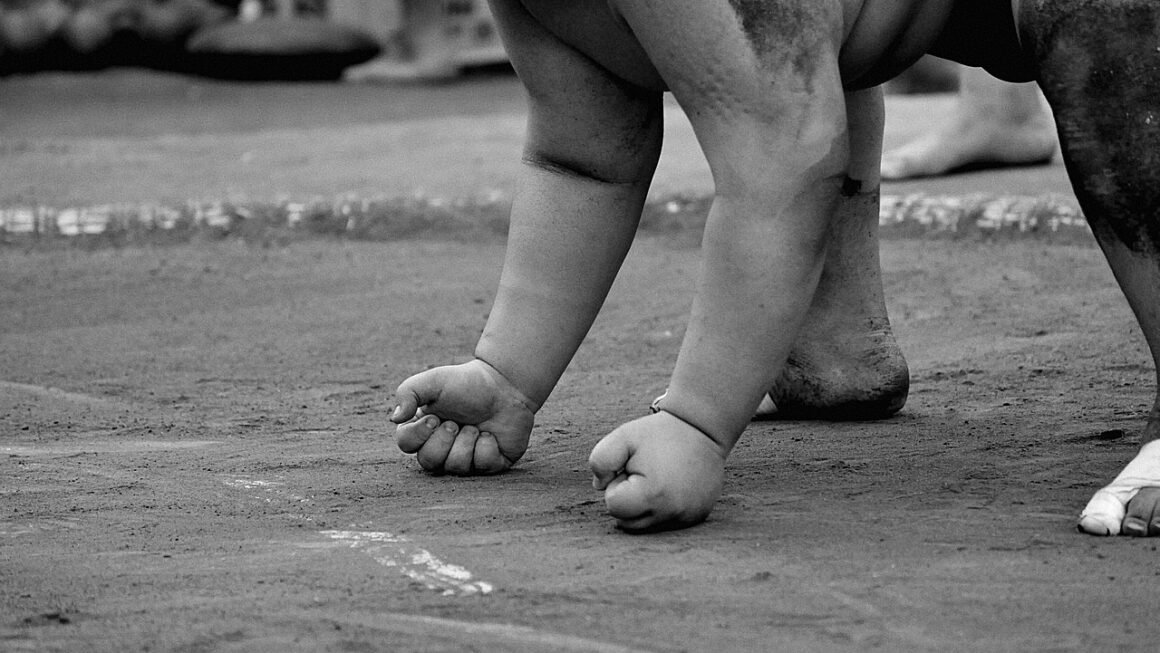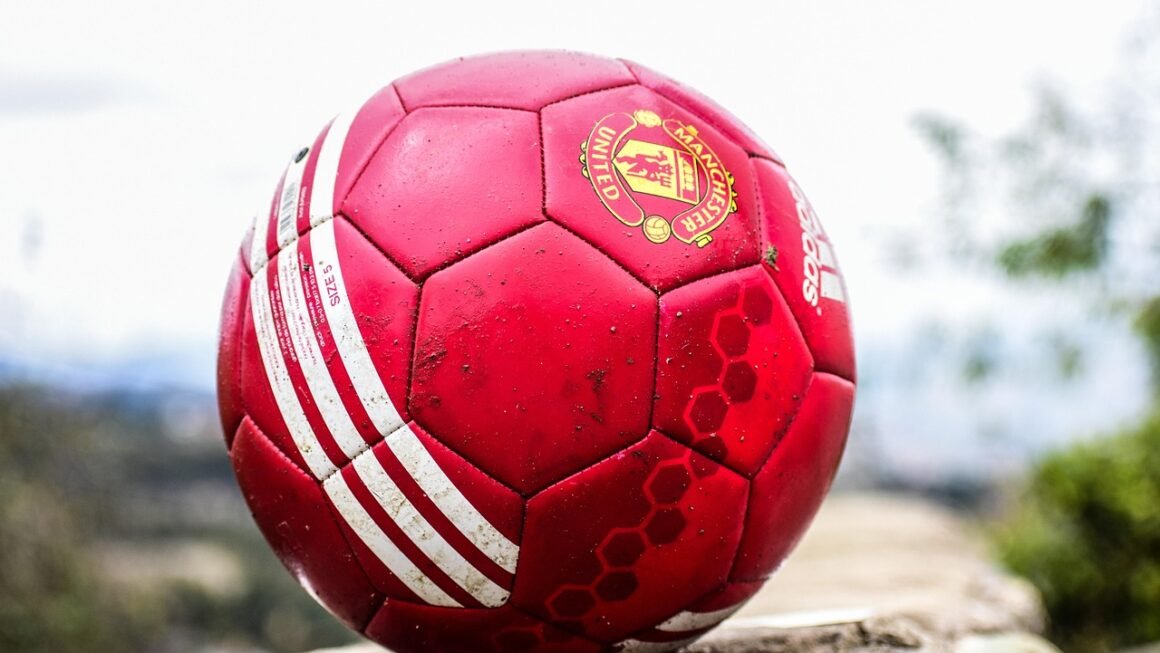Skateboarding: it’s more than just a pastime; it’s a culture, a sport, an art form, and a lifestyle. From the sun-drenched streets of California to bustling urban centers worldwide, the rhythmic clatter of wheels on pavement is a familiar soundtrack. Whether you’re a seasoned pro pulling off complex tricks or a beginner just learning to balance, skateboarding offers a unique blend of physical challenge, creative expression, and community connection. This comprehensive guide will delve into the core aspects of skateboarding, from its origins and evolution to the gear you need and the skills you’ll develop.
The History and Evolution of Skateboarding
Skateboarding’s roots are intertwined with surfing. When the waves were flat, surfers sought a way to replicate the thrill of riding on land. This led to the creation of the first skateboards, rudimentary contraptions consisting of wooden planks with roller skate wheels attached.
Early Days: The 1950s and 60s
- The Sidewalk Surfer: The earliest skateboards were often homemade, using planks of wood and metal roller skate wheels. These were marketed as “sidewalk surfers,” emphasizing the connection to surfing.
- Limited Maneuverability: Early skateboards were difficult to control due to the primitive wheel technology.
- Popularity Peaks and Dips: Skateboarding experienced initial popularity, followed by a decline due to safety concerns and limitations in equipment.
The Rise of the Modern Skateboard: 1970s
- Urethane Wheels Revolutionize Skateboarding: The invention of urethane wheels in the early 1970s dramatically improved skateboard performance, providing better grip and smoother rides. This marked a turning point for the sport.
- The First Skateparks: As skateboarding gained popularity, skateparks began to emerge, providing dedicated spaces for skaters to practice and develop new tricks.
- The Ollie is Born: Alan “Ollie” Gelfand invents the ollie on vert ramps, a trick that unlocks a universe of possibilities.
The 1980s and Beyond: Street Skateboarding Emerges
- Street Skating Takes Over: With the rise of the ollie, skateboarding moved from bowls and ramps to the streets, utilizing urban landscapes as a playground.
- The Influence of Music and Fashion: Skateboarding became increasingly associated with punk rock, hip-hop, and a distinctive counter-culture style.
- Professional Skateboarding and Competitions: The development of professional skateboarding circuits and competitions brought greater recognition and legitimacy to the sport.
Essential Skateboarding Gear
Choosing the right equipment is crucial for safety, performance, and enjoyment. Here’s a breakdown of the essential skateboarding gear:
The Skateboard
- Deck: The wooden platform that you stand on. Decks come in various sizes and shapes, typically made of 7-ply maple. Width is the most important factor when choosing the deck. Wider decks are generally more stable, while narrower decks are easier to flip.
Example: A beginner might start with an 8.0″ or 8.25″ deck.
- Trucks: The axles that attach the wheels to the deck. Trucks affect the board’s turning ability and stability.
Example: Independent and Thunder are two popular truck brands.
- Wheels: Urethane wheels are the standard. Wheel size and hardness affect the ride quality. Softer wheels are better for rough surfaces, while harder wheels are better for smooth surfaces and skateparks.
Example: 54mm 99a wheels are a versatile option for street and park skating.
- Bearings: These allow the wheels to spin smoothly. ABEC ratings indicate the precision of the bearings (higher numbers don’t always mean better performance).
Example: Bones Reds bearings are a popular and reliable choice.
- Grip Tape: A sandpaper-like material that provides traction for your feet.
Protective Gear
- Helmet: The most important piece of protective gear. Choose a helmet that fits snugly and meets safety standards.
- Knee Pads: Protect your knees from scrapes and impacts.
- Elbow Pads: Provide similar protection for your elbows.
- Wrist Guards: Help prevent wrist injuries from falls.
- Skate Shoes: Designed with flat, grippy soles for better board feel and durability.
Assembling Your Skateboard: A Practical Guide
Basic Skateboarding Techniques
Mastering the fundamentals is essential for building a solid foundation. Here’s a breakdown of some key basic techniques:
Stance and Balance
- Regular vs. Goofy: Determine your stance. Regular means riding with your left foot forward, while goofy means riding with your right foot forward. Experiment to see which feels more natural.
- Foot Placement: Place your front foot near the front bolts and your back foot near the tail.
- Balance: Practice balancing on the board while standing still. Bend your knees and keep your weight centered.
Pushing and Riding
- Pushing: Use your back foot to push off the ground while your front foot remains on the board.
- Gliding: Practice gliding on the board after pushing, maintaining your balance and control.
- Turning: Lean your body in the direction you want to turn.
The Ollie: The Foundation of Skateboarding Tricks
- Foot Placement: Place your front foot slightly behind the front bolts and your back foot on the tail.
- Popping: Snap the tail down hard to lift the front wheels off the ground.
- Sliding: Slide your front foot up the deck to level out the board.
- Landing: Land with your feet over the bolts and bend your knees to absorb the impact.
- Practice: The ollie takes time and practice. Don’t get discouraged if you don’t get it right away.
Other Essential Tricks for Beginners
- The Pop Shuvit: Popping the board and rotating it 180 degrees underneath you.
- The Kickturn: Turning on the back wheels while stationary or moving slowly.
- The Manual: Balancing on the back two wheels.
Safety and Etiquette
Skateboarding can be risky, but by following safety guidelines and practicing good etiquette, you can minimize the risks and contribute to a positive skateboarding community.
Safety First
- Always Wear Protective Gear: A helmet is non-negotiable. Knee pads, elbow pads, and wrist guards are highly recommended, especially for beginners.
- Start Slowly: Don’t try to progress too quickly. Master the basics before attempting more advanced tricks.
- Choose Safe Locations: Skate in designated skateparks or areas with smooth surfaces and minimal traffic.
- Be Aware of Your Surroundings: Pay attention to pedestrians, cars, and other obstacles.
- Learn to Fall Properly: Practice rolling and tucking your arms to minimize injuries.
Skateboarding Etiquette
- Respect Other Skaters: Be mindful of other skaters and avoid cutting them off or interfering with their runs.
- Share the Space: Take turns using obstacles and be respectful of other people’s space.
- Clean Up After Yourself: Dispose of trash properly and avoid leaving debris in skateparks.
- Be Mindful of Noise: Be aware of the noise level, especially when skating in residential areas.
- Respect Property: Avoid skating on private property without permission and be mindful of potential damage.
- Help Others: Offer encouragement and assistance to other skaters, especially beginners.
Finding Your Skateboarding Community
Skateboarding is not just an individual pursuit; it’s also a community. Connecting with other skaters can enhance your experience and provide support, motivation, and friendship.
Local Skateparks
- Finding Skateparks: Use online resources or local directories to locate skateparks in your area.
- Meeting Other Skaters: Skateparks are great places to meet other skaters of all skill levels.
- Learning from Others: Observe experienced skaters and ask for tips and advice.
Online Communities
- Forums and Social Media Groups: Join online forums and social media groups dedicated to skateboarding.
- Sharing Your Progress: Share your progress and connect with other skaters online.
- Finding Local Events: Stay informed about local skateboarding events and competitions.
Skate Shops
- Local Skate Shops: Visit local skate shops to purchase equipment and connect with local skaters.
- Knowledgeable Staff: Skate shop staff can provide valuable advice and recommendations.
- Community Hubs: Skate shops often serve as community hubs, hosting events and providing information about local skateboarding scene.
Conclusion
Skateboarding is a journey of skill, style, and self-discovery. From its humble beginnings as “sidewalk surfing” to its current status as a global phenomenon, skateboarding continues to evolve and inspire. By understanding the history, mastering the basics, prioritizing safety, and connecting with the community, you can embark on a rewarding and fulfilling skateboarding adventure. So, grab your board, find your balance, and start rolling!



